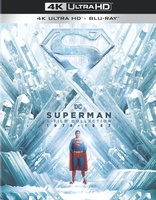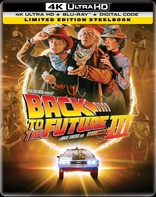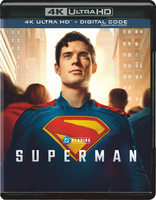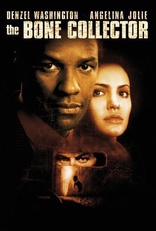Quote:
Originally Posted by Shalashaska

I'll admit, I've never fully understood how HLG works, so maybe they've already found a way to bypass that issue. If that's the case, hooray for HDR!
As for its growing presence in streaming and physical media, that doesn't really mean it's gone mainstream. 99% of TV owners will still be watching SDR content on an SDR display over cable/satellite TV or streaming. It's still an enthusiast format for enthusiasts with new expensive TVs. 3D was everywhere for a while there, but it never seemed to catch on in the home. It didn't suit most people's viewing conditions, not unlike HDR if they don't find a way to make HDR watchable in a brightly-lit room.
That's what you'd think!
http://www.hdtvtest.co.uk/news/4k-vs-201604104279.htm |
Think of HDR10 as having a light level which is completely fixed for any given shot: if it's 10 nits then it MUST be 10 nits, if it's 1000 nits then it MUST be 1000 nits. If the display can't meet these figures then this is where the tone mapping kicks in, re-adjusting the content to fit the properties of the target display but, as we know, this is easier said than done in lieu of content-derived metadata and can introduce a whole slew of problems. This Perceptual Quantiser EOTF is referred to as having
absolute luminance.
HLG works more like the conventional gamma system in that while it may have been mastered to a set amount of nits it does not assume that x value of brightness will be waiting for it at the display end. Instead of rendering the content as absolute values first and then letting the TV decide best on how to map it as per HDR10, HLG builds the rendering of the content into the actual decoding of the signal by the display so that the brightness, range etc is instantly best adapted to whatever the target display is outputting. And because it leaves the decision on how to show the content up to the display in the first place it needs no metadata. This Hybrid Log Gamma EOTF is referred to as having
relative luminance.
"Right, but wouldn't a dynamic metadata system like Dobly be just as useful in mapping the image to a target display then?" Fine question, but it doesn't take into account the kinds of logistical challenges to create metadata on the fly for a live TV production, not to mention the handling of mixed sources like now/next graphic overlays that broadcasters do nowadays as Penton pointed out (because we can't let one programme finish without letting you know what's coming up, people having the assumed attention spans of goldfish). And there's always the potential for dynamic tone mapping to actively reduce the APL of any given scene in order to best balance highlights and brightness, whereas HLG's simpler rendering of the visual intent means that the brightness/APL will always be properly matched to however you've got your specific display set up which makes it a boon for watching in the daytime, unlike that HDTVtest, er, test which was done with 'absolute' HDR10 content.
HLG doesn't need any super duper updates to the actual transmission systems either, and as the first part of the curve resembles normal SDR anyway it can thusly be viewed on a SDR display without any need for mapping, metadata etc which is itself another little bonus for broadcasters (created by the BBC and NHK as it was, this is no surprise). It could be argued that HLG does neither HDR or SDR as good as other forms of those two systems, but in terms of the ephemeral nature of most TV broadcasts (especially sports) and getting HDR into
that specific viewing environment then its advantages outweigh its disadvantages IMO.
HTH, and if I've goofed anywhere then there are several actual experts who'll correct me in due course.






















 Linear Mode
Linear Mode

